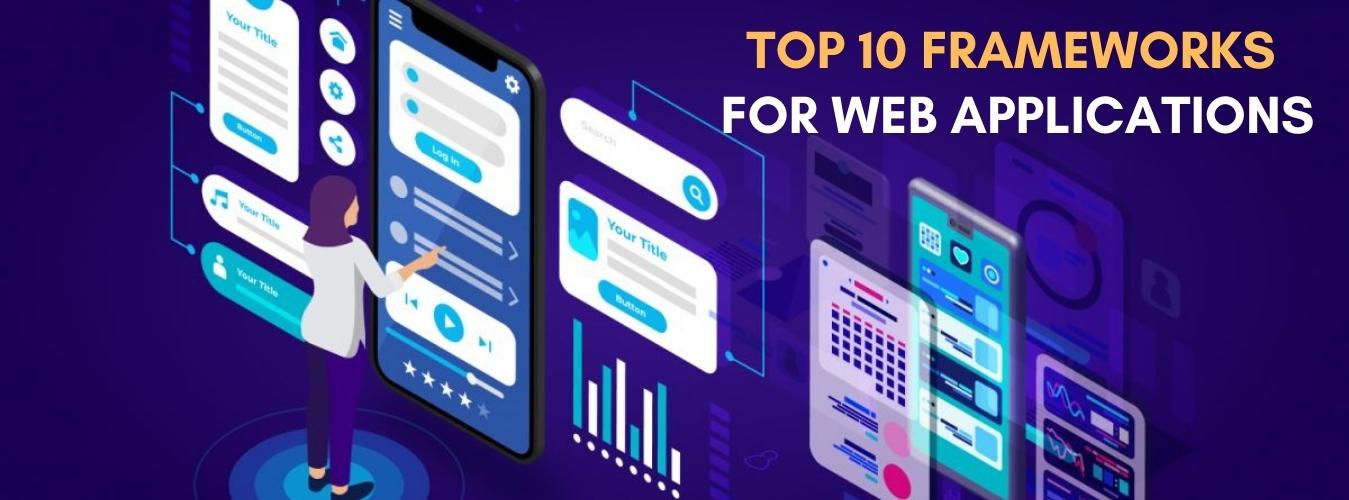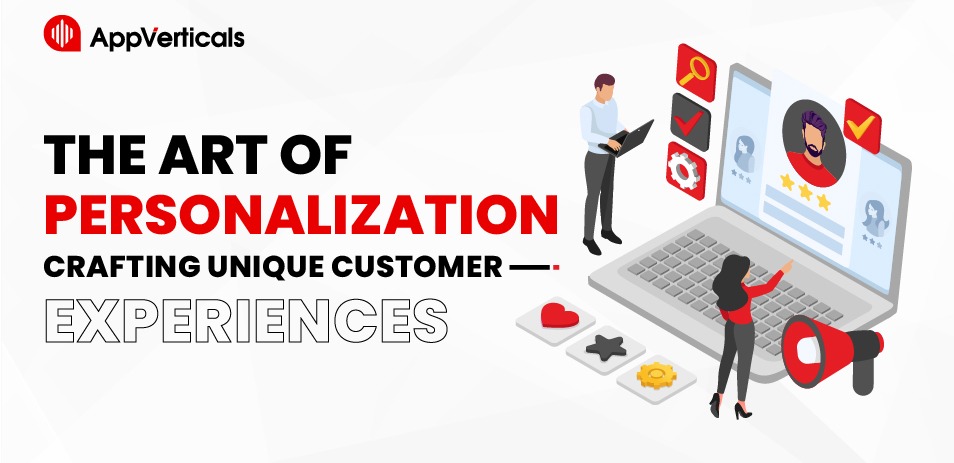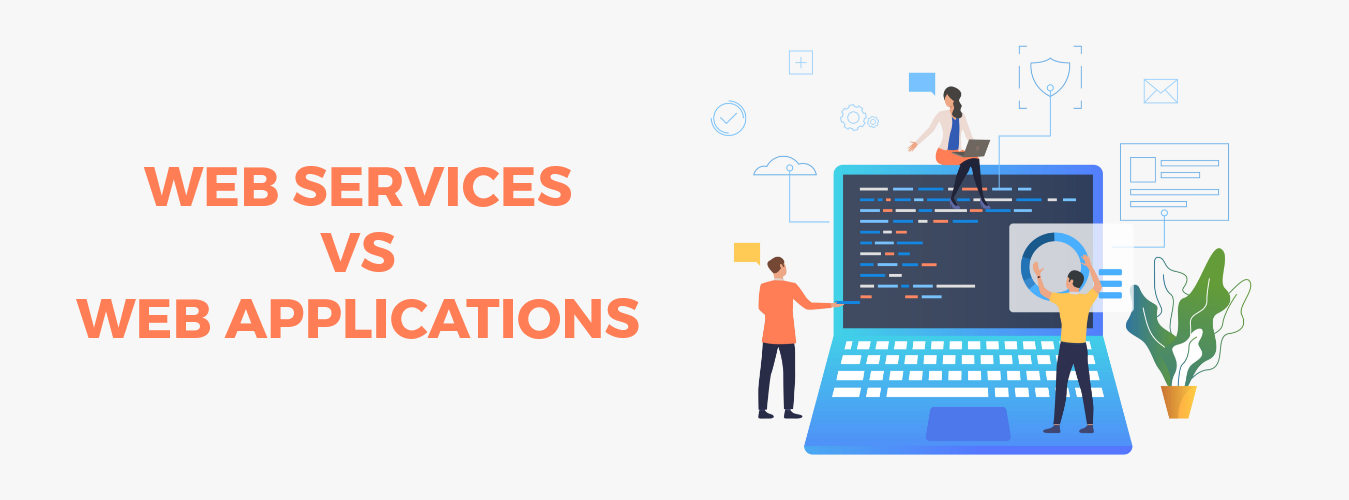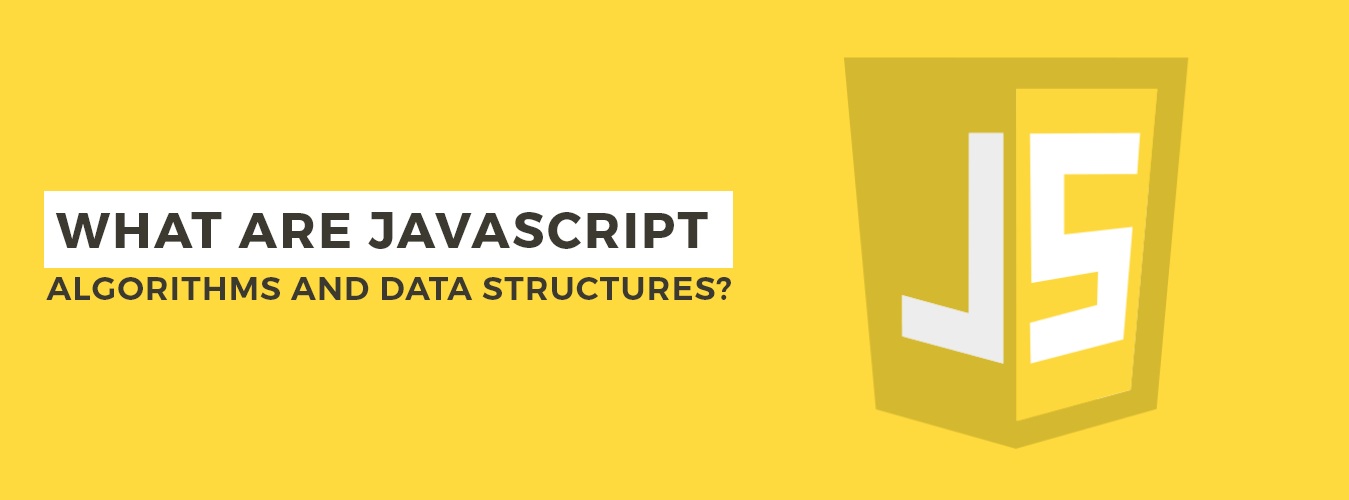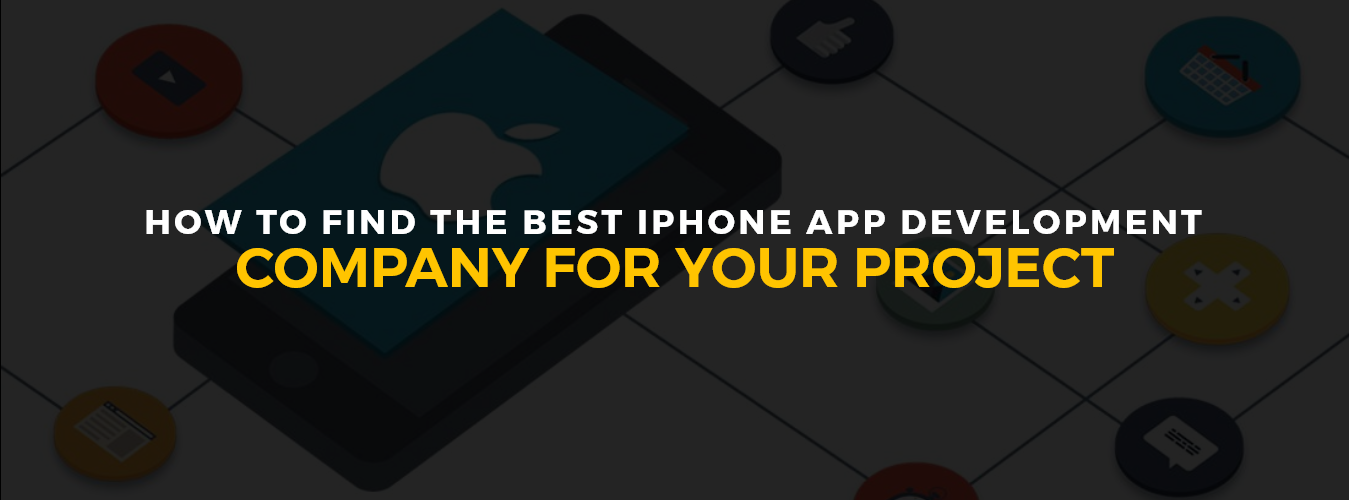Crafting Your Ideal Mobile App/Experience Starts Here!
Ready to elevate your business? Your custom app is just a click away.
Yes Let’s goOverview
What is a web application framework?
A software framework called Web Application Framework, also known as “web framework,” is created to enable the creation of web applications, including web services, web resources, and web APIs. In a nutshell, frameworks are tools that make it easier and quicker to create applications. There are many more web frameworks available today. We have compiled a list of the top 10 frameworks that are readily accessible online in your preferred language to assist you in choosing the one that is most appropriate for your web application.
Top 10 Frameworks for Web Applications
1- Express

Because of Node.js’s explosive growth in popularity, Express is now one of the most common frameworks for web development. It is well-liked by many businesses, including Accenture, IBM, and Uber, and it is also interoperable with other frameworks like Kraken, Sails, and Loopback. Express takes pleasure in being a straightforward, quick, and minimal framework. It utilizes the strong performance of asynchronous Node.js and offers some basic framework capabilities without hiding Node’s features. Additionally, it allows both REST API and complete applications and is quite flexible. Express’ lack of a set method of operation, at least for beginners, is arguably its most significant flaw.
Also Recommend: programming language for android apps
2- Django

Adrian Holovaty and Simon Willison founded Django, a dependable backend web development platform, in 2005 and were drawn to its lightning-fast, secure, scalable, and adaptable features. Django is an MTV (Model-Template-View) web framework built on Python with all the features required for quick application creation. Django was used to create some of the most popular websites in the world, including Pinterest, Instagram, Spotify, YouTube, Quora, etc.
3- Ruby on Rails

A dynamic web application platform called Ruby on Rails is ideal for creating quick applications. Applications built with Ruby on Rails, which David Heinemeier Hansson discovered, are typically ten times quicker. It is among the finest backend frameworks because it includes all the components required to create a database-driven application. GitHub, Airbnb, Groupon, Shopify, and Hulu are just a few websites that use Ruby on Rails. Additionally, you can research renowned businesses that use Ruby on Rails for their websites and applications.
4- Angular

Let’s begin with Angular as we move on to UI open-source frameworks. One of the finest platforms for developing websites, mobile websites, native mobile applications, and native desktop applications. Before TypeScript, there was AngularJS; the Google team completely rebuilt it under the name Angular 2+ or just Angular. You can build cross-platform solutions with Angular that run quickly and efficiently. This platform’s main drawback is its size, which can have a negative effect on how well web applications function. With each new release, the crew has been trimming down, though.
Also Recommend: Magento vs Shopify
5- ReactJS

Although people often confuse the two terms, React is a front-end library, not a framework. However, web application development company view React as a framework; the two have been contrasted in the same context. It has been used more frequently to create user interfaces than website applications, making it best suitable for an e-commerce platform. Due to this, ReactJs is a significant addition to the general process of developing website applications. React Fibre, a reimplementation of ReactJs’s main algorithm, is on the horizon to revolutionize the web development process, according to trends and predictions in website development and frameworks.
6- Laravel

Due to its readable syntax and a robust ecosystem of learning resources, Laravel is a PHP-enabled web development platform with a low learning curve. It includes many pre-installed packages that expand its capabilities and built-in API support. Laravel might not exhibit the same degree of performance as Express or the Python/Django pack for large enterprise-level apps. But Laravel can outperform its rivals and complete the required features more quickly if the project calls for non-trivial reasoning.
7- Spring

A popular open-source backend framework for creating potent enterprise-level apps is Spring. Because Spring is written in Java, it won’t lose popularity over time. The platform is constantly improved by a sizable and active community of the Spring framework, which is also always willing to assist with use cases from the real world.
8- Vue.JS

A simple JavaScript framework called Vue.js creates single-page apps and user interfaces. It offers robust features that make it simple for you to build web apps. Modern web apps are best created using Vue.js, which is based on the Model-View-ViewModel (MVVM) architecture pattern and makes it simple for web application development company to control and manipulate the application state. Various tools and frameworks provided by Vue.js make creating dynamic and responsive user interfaces more accessible.
Vue.js is the finest framework for developing progressive web applications (PWAs) that must function offline due to its compact size and effective rendering. Vue.js can be a good option if you’re developing a web application with intricate user interfaces that demand numerous user encounters and updates. Consider using Vue.js if you’re creating a single-page application (SPA) with lots of dynamic content that needs to be updated rapidly without refreshing the page.
9- JQuery

A small JavaScript library, jQuery, is used for CSS animation and event processing. Businesses and developers execute simple APs across various browsers using jQuery. JQuery is your answer if you want to build a simple web application and manage it easily over time. Before now, companies had to use Flash, which was not enabled by most browsers. However, you can now use jQuery to add animation and amazing-looking effects to web applications without slowing the loading time.
Also Recommend: What are Mobile Marketplace Apps
10- ASP.Net

Microsoft created ASP.NET Core, which supports a wide range of programming languages and enables web application development companies to create various apps. Because of the framework’s cross-platform compatibility, coders can work together on the same project while using various operating systems. Because the framework handles forms, submission, and authorization, using ASP.NET Core can result in significantly less written code. Long-term, this can maintain the development neater, easier to manage, and more secure.
Crafting Your Ideal Mobile App/Experience Starts Here!
Ready to elevate your business? Your custom app is just a click away.
Yes Let’s go
